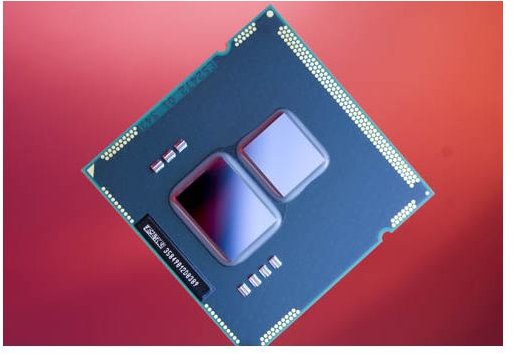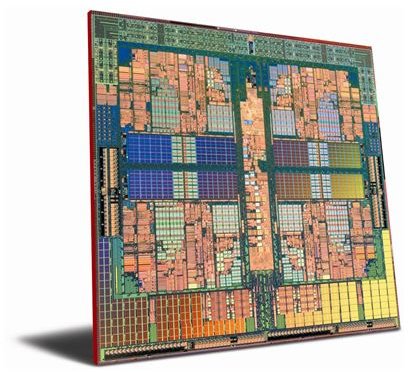Compare Intel Processors to AMD Processors: The Intel vs AMD Technology Debate
Head to Head
Intel and AMD are both processor companies, and at a distance their technology appears to be very similar. Both Intel and AMD make processors with between one and four cores, both make chipsets to support those processors, and both aim their products directly at consumer PCs and at some enterprise applications.
But not all is as it seems. While Intel and AMD do make similar products, the processors from each company are in some ways very different.
Processor Technology
One very large but often unnoticed difference between Intel and AMD is the way in which the processors are manufactured. While both companies end up with the same end product, each uses a different manufacturing process. Technically speaking, AMD no longer has a manufacturing process to use because they spun off their fabrication facilities into the Global Foundries company, but Global Foundries still make AMD processors in the same way AMD did when they owned the fabrication facilities.
Intel make processors using a process called Complementary Metal Oxide Semiconductor, or CMOS. This uses metal oxide transistors to make the logic gates and other components which form an Intel processor. Currently Intel uses high-k + metal gate technology, which is designed to help reduce the size of transistors on its processors. As a result of this reduction in transistor size, Intel has been able to aggressively push the miniaturization of its production process. Currently Intel produces 45nm and 32nm processors, and is expected to move on to 22nm processors in the next few years.
AMD uses a process called Silicon on Insulator, or SOI, to create its processors. The goal is to protect the transistors on a processor with an insulating material to prevent electrical disturbances from hampering performance, increasing energy consumption, or causing processing errors. AMD also uses a process called Immersion Lithography to produce its processors. This process uses a liquid to increase the resolution of manufacturing tools, allowing for the production of smaller and more delicate processor architectures. While the immersion lithography process used by AMD is among the most advanced in the world, AMD is still only able to produce 45nm processors.
Chipset Technology
While chipsets are rarely spoken of with the same excitement as the processors which run on them, they are equally important. A processor needs a chipset to connect it to the rest of the computer, and if the chipset is poor the processor can be seriously hampered.

There are many small differences in how each company handles chipsets, but the most radical is the result of Intel’s efforts to place components usually associated with a chipset onto the processor. For example, the Lynnfield based processors like the Core i5 750 placed most of the functions of a motherboard’s northbridge into the processor itself. Clarkdale processors also place a GPU onto the CPU die, although it is a separate physical entity rather than integrated into the CPU architecture.
AMD, on the other hand, is notable because of the aggressiveness with which it has been trying to leverage its outstanding GPU technology. The Radeon series of GPUs has suddenly become the new king of graphics, and all of AMD’s new chipsets include a Radeon GPU of some type. In 2011, AMD will be taking this one step further by eliminating the chipset GPU in favor of integrating GPU functions in to AMD’s processor architecture, a technology AMD calls Fusion.
Intel vs AMD: An Objective Judgement
These are only two of the most obvious areas where Intel and AMD differ in technology. To those who are well versed in CPU architecture the differences are virtually endless, but unfortunately these differences generally require a degree in electronic engineering to understand.
Overall, however, it is clear that Intel currently has the upper hand. Intel’s manufacturing technology for its processors is clearly more advanced than what AMD has access to, and Intel’s newest Nehalem architecture is also clearly superior to the Phenom II architecture used by AMD. The verdict is less certain on the chipset front, as Intel’s moves towards integrating more chipset functions into the processor have yet to result in an obvious performance improvement. Intel is also challenged by the power of AMD’s GPUs, which are far, far better than anything Intel can offer.
Of course, nothing remains certain. AMD’s Fusion technology looks promising. AMD already upset Intel once when it debuted the K6 architecture in the 90s, and it is not impossible for AMD to repeat that unexpected victory.
